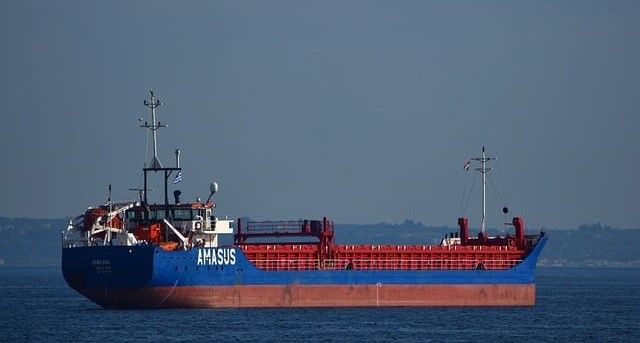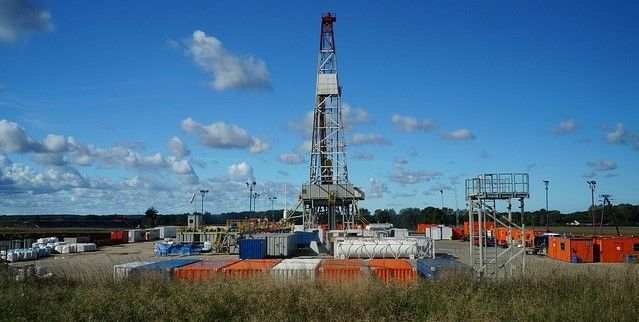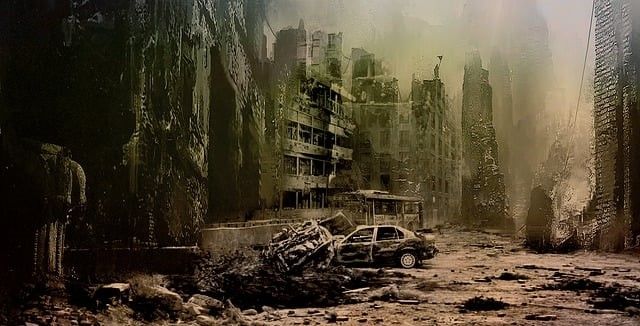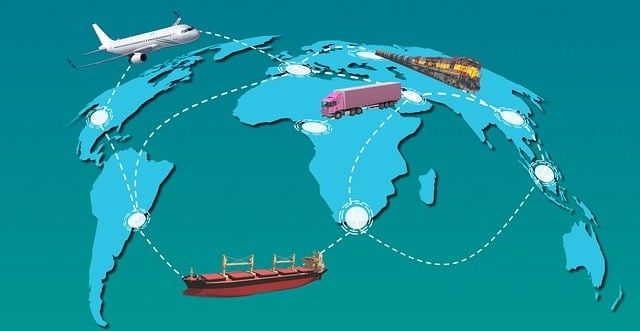Prior to the invasion, Russia and Ukraine were crucial in supplying the majority of the world's needs for energy, minerals, fertiliser, and food. They were also a critical supplier of assorted raw materials and ores, as well as specialist chemical products, such as the neon gas used to manufacture semi-conductors.
The obstruction of the free flow of these products, however, has made an already vulnerable global economy much worse. The natural East-West energy corridor has been halted and trade restrictions have been imposed, spiking prices.
And unless your business is arms production and sales, none of this is good news.

Russia has taken a huge economic hit as a result of its military aggression, with its economy dropping out of the ranks of the top ten in the world. While it does still remain a major energy exporter, its gross domestic product is now comparable in size to that of Australia – despite a population which is five and a half times larger.
This fall in economic and military strength has shown what a costly decision it has been to start the war. Although, it could have been much worse for the Russian people without the recovery in fossil fuel exports.
“At just under ten million barrels per day, it [Russia] produces about 10% of global crude oil demand. And with total oil exports of nearly 8 million barrels per day, Russia is the second biggest power by a wide margin after Saudi Arabia in the OPEC+ alliance of leading energy producers,” explains a recent CNN report. “Western sanctions have had the desired effect of reducing the amount of money Moscow earns from energy, but Russia’s oil exports — in volume terms — have rebounded to levels seen before it invaded Ukraine as China and India mop up barrels shunned by G7 nations.”
The return of oil exports and the now downplayed mutiny by the Wagner mercenary group have avoided a complete collapse of the Russian economy. As many analysts were predicting political and social strife on a scale previously seen in Libya and Venezuela when their oil revenues stopped overnight.

However, Ukraine's economy has also suffered enormously, shrinking by 29% to just over $140bn.
The country is already heavily reliant on loans from the West with the World Bank agreeing a further $3 billion in June 2023.
In the immediate term, Ukraine requires a minimum of $14bn from international donors to get through this year. Money which will be spent on what the World Bank's Anna Bjerde called “essential social expenditures” such as pension payments, repairs to transport and power links, healthcare, and salaries for doctors and teachers.
Meanwhile, a recently held Ukraine Recovery Conference estimated that the total bill for reconstructing the damage caused by the war to be $411 billion.
That figure was taken from assessments to infrastructure, schools, industry, and hospitals which were conducted in March. Every day the fighting continues, the cost of repairs grows.

The wider cost of the war on the global economy has been its impact on inflation.
As major raw material suppliers – especially for foodstuffs and other basics such as energy and metals – the restrictions on trade and the destruction of Ukrainian industry have pushed up prices that were already high following the global health pandemic.
“The last leg of the journey to restore price stability will be the hardest,” announced a recent report by the Bank for International Settlements (the bank for central banks). This was leading to the risk of a wage-price spiral, as workers demand more to pay for ever more expensive goods, further making goods more expensive. Something the report described as a “material risk that an inflation psychology will take hold.”
“The global economy is at a critical juncture,” added the bank’s general manager Agustin Carstens. “Stern challenges must be addressed.”

The war has also further stretched supply chains, at a time when manufacturers were only just recovering from the pandemic lockdowns.
“The humanitarian crisis and economic disruptions of Russia’s war on Ukraine, as well as the resulting sanctions,” said the U.S. National Association of Manufacturers’ President and CEO Jay Timmons, “will exacerbate supply chain challenges and could impact energy costs even more.”
The good news for the world economy, is that oil prices continue to fall – although only due to the general global economic slowdown. U.S. crude prices are nearly 14% lower so far this year to just under $70 a barrel, as is the price of the international benchmark, Brent crude. Both were trading at $120 a barrel this time last year.
However, the overall situation looks grim and will not improve until a peace treaty can be agreed upon.
As Richard Schuster, a senior economist at the trade body Export Development Canada, concludes, “Economic growth in Ukraine has been hammered, which has created a cascade effect to regional economies and beyond. Damages to Ukraine’s infrastructure and personal property will be costly and take years to repair, while lost potential output may never recover. International relations between the West and Russia have been set back years—if not decades. But most importantly, the human cost, in terms of lost lives, can never be replaced.”
Photo credit: Tumisu on Pixabay, 21967897, Anita starzycka, Pete Linforth, & Thanasis Papazacharias from Pixabay